
European VLBI Network Symposium
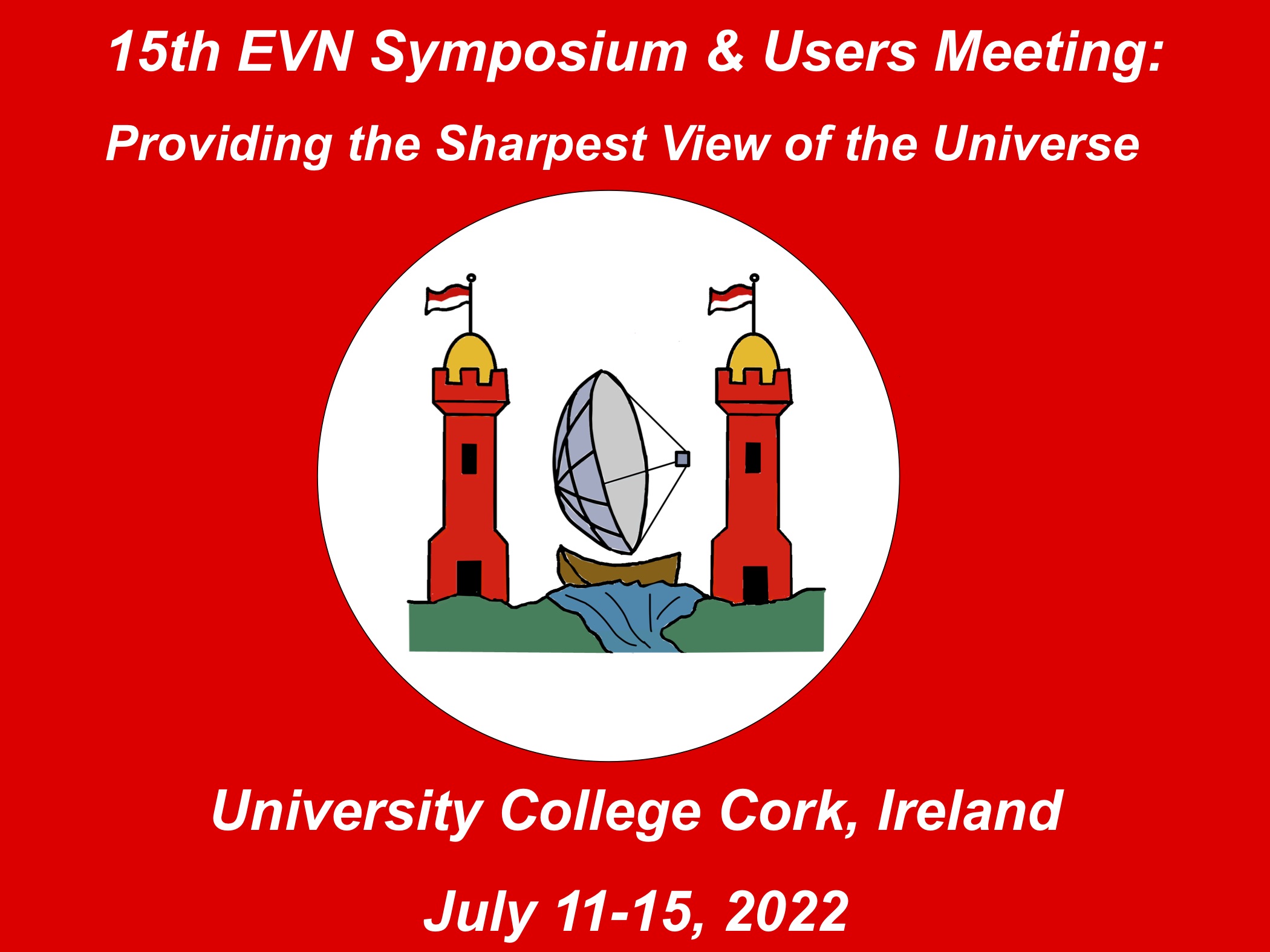
The European VLBI Network Symposium is the main forum for discussion of the latest Very Long Baseline Interferometry scientific results and technical and technological developments within the EVN member countries. Due to the Covid-19 pandemic, it was not possible to hold this Symposium in 2020 as originally planned, and an online EVN Mini-Symposium was held during July 12-14, 2021. The full 15th EVN Symposium has now been held during July 11-15, 2022. Topics covered ranged from radio-emitting processes around stars to the innermost structure of active galactic nuclei and the origin of astrophysical jets, and a number of technical topics were also considered.
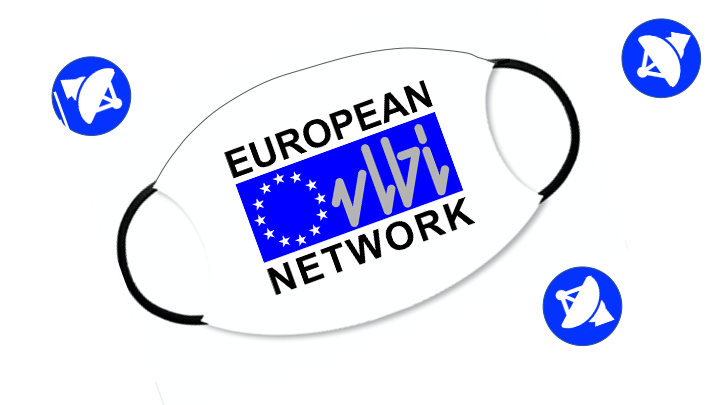
The European VLBI Network Symposium is the main forum for discussion of the latest Very Long Baseline Interferometry scientific results and technical and technological developments within the EVN member countries. Due to the Covid-19 pandemic, it was not possible to hold this Symposium in 2020 as originally planned; instead, an online EVN Mini-Symposium and Users Meeting was held during July 12-14, 2021. Topics covered ranged from radio-emitting processes around stars to the innermost structure of active galactic nuclei and the origin of astrophysical jets, and a number of technical topics were also considered.
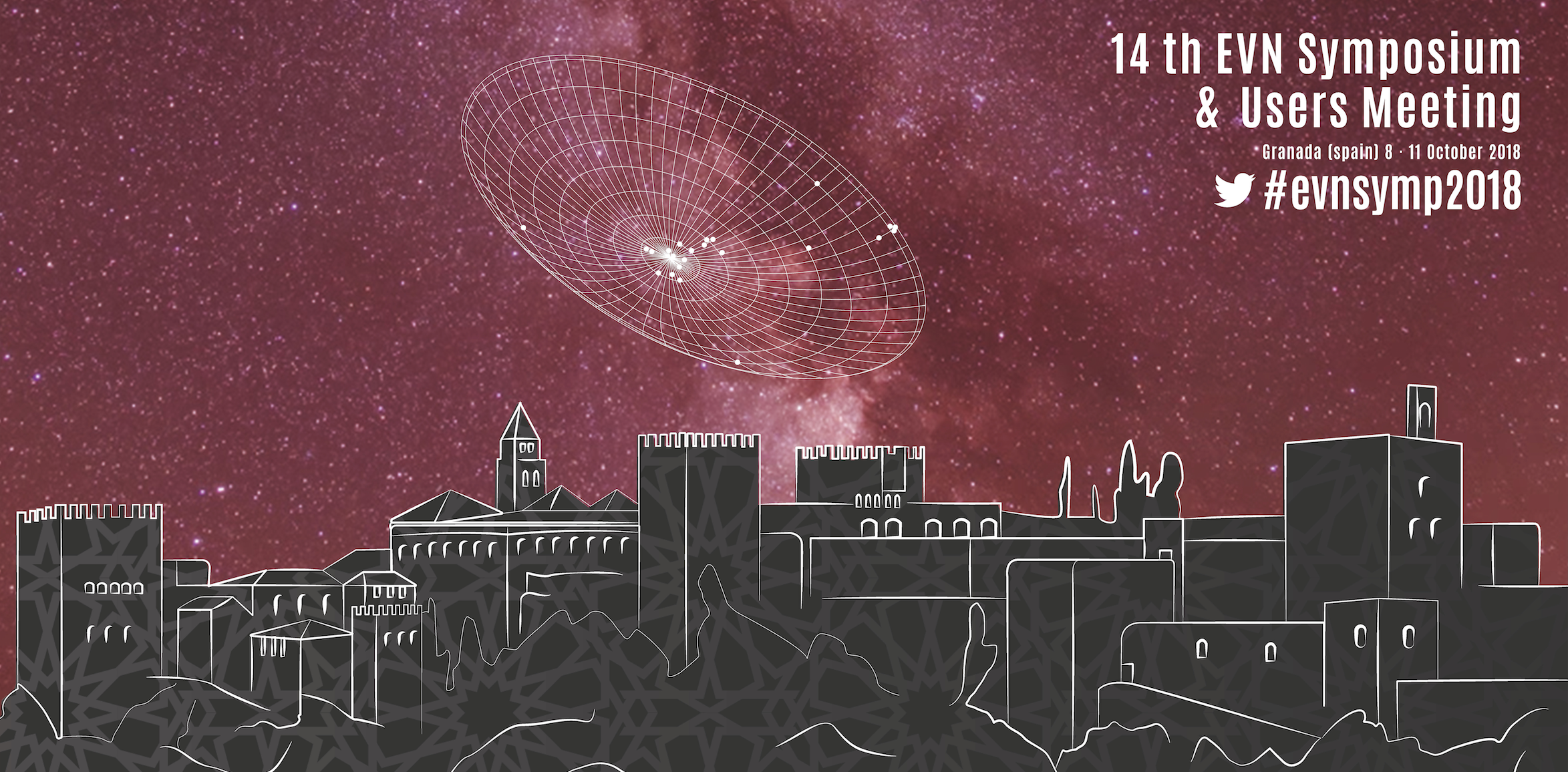
The 14th European VLBI Network (EVN) Symposium and Users Meeting (http://evnsymp2018.iaa.es) was hosted by the Instituto de Astrofísica de Andalucía-CSIC (IAA-CSIC) in Granada (Spain) on behalf of the EVN Consortium Board of Directors. The meeting took place on October 8-11, 2018 at the main auditorium of the Parque de las Ciencias of Granada, Spain.
This biennial meeting is the main forum for discussion of the latest very long baseline interferometric scientific results and technical and technological developments within the EVN member countries. This makes the European VLBI Network an actively evolving consortium and adds the current capability to lead relevant state-of-the-art scientific and technological projects like those presented during the meeting.
At this 14th EVN Symposium there was also a chance for user input into the future Science Vision for the EVN.
Topics discussed include:
• Powerful AGN science
• Starburst galaxies, extragalactic masers, and supernovae
• Stellar evolution and stellar masers
• Transient sources and pulsars
• Astrometric, geodetic & space applications
• VLBI technology developments
• Users feedback
• Current and future VLBI facilities and international cooperation
Moreover, the meeting also focused on the role of EVN on:
• Very-high sensitivity VLBI with SKA
• Future multi-wavelength and multi-messenger astronomy including high angular-resolution astronomy at other wavelengths
The research leading to these results has received funding from the European Union’s Horizon 2020 research and innovation programme under grant agreement No 730562 [RadioNet]

The research leading to these results has received funding from the European Commission Seventh Framework Programme (FP/2007-2013) under grant agreement No 283393 (RadioNet3)

The research leading to these results has received funding from the European Union’s Seventh Framework Programme for research, technological development and demonstration under grant agreement no 283393 (RadioNet3).

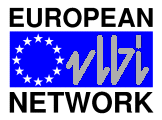
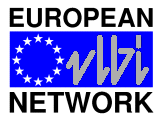
Editorial Board
Baan Willem, Bachiller Rafael, Booth Roy, Charlot Patrick, Diamond Phil, Garrett Mike, Hong Xiaoyu, Jonas Justin, Kus Andrzej, Mantovani Franco, Marecki Andrzej (chairman), Olofsson Hans, Schlueter Wolfgang, Tornikoski Merja, Wang Na, Zensus Anton
